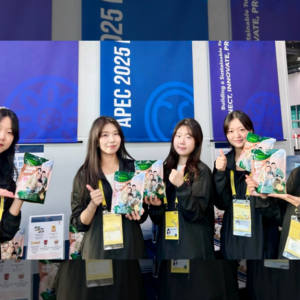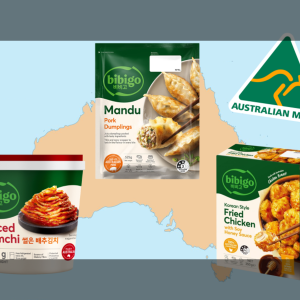Exploring how rice and cooked rice influences Korean culture and its significance within daily life.

In Korea, cooked rice is more than just a food — it is ingrained within daily life and culture.
The word “bap” holds a much deeper cultural significance than simply naming a dish. When inviting someone to a meal or offering to treat them, Koreans frequently use the term “bap,” which can refer to cooked rice or a meal in general. Similarly, a common greeting translates to, “Have you eaten bap (a meal)?” akin to, “How are you?”—inquiring about wellbeing.
Rice in Korea: Cultural and Historical Significance
Korean cuisine has been built on rice, a grain that is recognized as one of the most important ingredients within the Korean diet. Grains have been considered culinary staples since the Neolithic period around 5,000 years ago, long before cooked rice became widely consumed in modern culture. Since then, the dietary landscape has undergone a significant transformation with the subsequent introduction of barley and rice, leading to a rice-centric diet.
Rice is also an integral part of ceremonies and celebrations in Korea. White rice is cooked and served with a bowl of seaweed soup on birthdays and placed on a table during the “Chuseok” holiday (Korean harvest festival) to honor ancestors. Likewise, rice is ground up to make a variety of dishes including rice cakes, “songpyeon” (sweet rice dessert) and “ddeokguk” (rice cake soup), both of which are enjoyed during holidays such as Lunar New Year, symbolizing longevity and prosperity.

Various types of rice are found within Korean cuisine — including multigrain rice, brown rice, black rice and barley rice — each pairing well with different Korean dishes. Among the many types of rice, Koreans primarily consume sticky white rice, known for its pleasantly chewy texture and subtle sweetness. Once cooked, this rice has a shiny appearance and retains moisture, resulting in a delectable and satisfying culinary experience.
As convenience becomes increasingly prioritized when preparing meals, instant rice was introduced to preserve the taste of freshly cooked rice while significantly reducing cooking time.
Making the Best Instant Cooked Rice From CJ
With the interest in healthy Korean food increasing, bibigo Restaurant-Style Cooked Sticky White Rice, known as Hetbahn in Korea has also been growing in popularity around the world as it helps customers save time when cooking meals. With a preparation time of less than 2 minutes, it serves as an excellent base for modern takes on classic Korean dishes such as gochujang chicken bibimbap or bulgogi rice balls.
While cooked white rice remains the most popular, varieties such as brown rice, mixed-grain rice and wild rice are touted within the health community for their rich vitamin and mineral content. In line with these trends, bibigo has created a new line of multigrain rice bowls, helping consumers add a bit more nutrition to their diet and meet their health-conscious goals.
Lauded for its taste and convenience, consumer reviews on online retailers like Amazon acclaim bibigo instant rice as a time-saving choice for busy nights, praising its “phenomenal taste” and hailing it as “the best sticky rice ever.”











